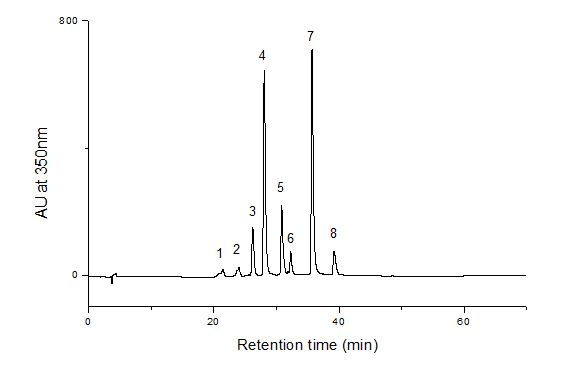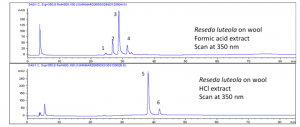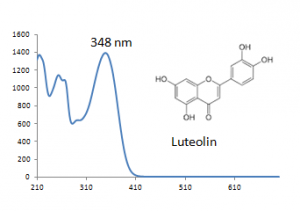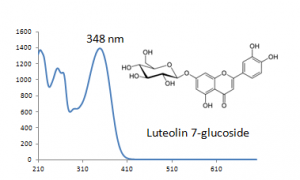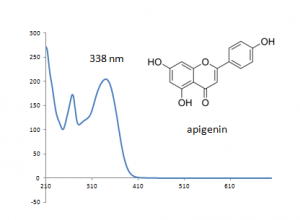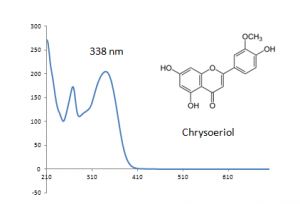Weld (Reseda luteola) LC
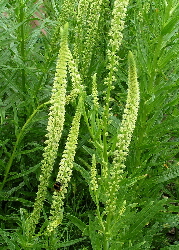
Description
Weld (Reseda luteola L.) is an annual or biennial herb that grows on light sandy or rocky soils. Weld grows in Europe, parts of North Africa, most of the eastern Mediterranean and southwest Asia[1]. The whole of the plant was used as dyes, although studies suggested that the coloring matter is mainly in the leaves, inflorescence and fruit [1].
The yellow derived from weld is CI Natural Yellow 2.
Historical Importance
Weld is among the most important plant dye sources in the the Mediterranean area and Europe. It has been reported as one of the first plants to be used by the professional dyers of ancient times of the region. "Weld for yellows and greens was the equivalent of dyer's madder for red", which suggested that is was an indispensable dyestuff used by all the early civilizations of Europe and the Mediterranean [2]. Weld could be mixed with the blue from woad (Isatis tinctoria) to produce greens such as Lincoln green[3]. Use of this dye came to an end at the beginning of the twentieth century, when cheaper synthetic yellow dyes came into use.[3] France exported large quantities of weld.[2]
Summary of results
The main colorant of weld is luteolin and in the form of glycosides, among which 7-O-glucoside luteolin is the most abundant. Apigenin and Chrysoeriol, with their glycoside forms, were found in small quantities. Depending on the time of the extraction, how the weld plant was treated and how the dyeing was handled, the ratios of the flavonoid components may vary.
Analytical instrumentation and procedures
HPLC-DAD-MS analysis was performed with an Agilent 1100 liquid chromatography system consisting of an automatic injector, a gradient pump, a HP series 1100 DAD, and an Agilent series 1100 VL on-line atmospheric pressure ionization electrospray ionization mass spectrometer. Separations were done on a Vydac 214TP52 analytical column (2.1 mm diameterX250 mm; 5-ím particle size). The column was eluted at a flow rate of 0.2 mL/min with a tertiary gradient of water (A),acetonitrile (B), and 1% (v/v) aqueous formic acid (C) with the following elution program: 0 min, 90% A, 5% B, 5% C; 0-55 min, a linear gradient to 35% A, 60% B, 5% C; 55-60 min, a linear gradient elution to 15% A, 80% B, 5% C; 60-62 min, isocratic elution at 15% A, 80% B, 5% C; 62-70 min gradient elution to 90% A, 5% B, 5% C; and reequilibration with the latter solvent for 15 min. The mass spectrometer was run both in the negative and positive ion mode.
Chromatograms
HPLC-DAD Weld (Reseda Luteola L)leaves (~0.1g) from Kremer were extracted with 1 mL methanol:H2O (v:v=1:1). Then the upper 30 uL of solution was removed for HPLC-DAD-MS analysis (20 uL was injected).
HPLC-DAD-MS Analytical method 1. [4]
Result
Identified compounds
| Compound | RT (min.) | MW | UV/vis | Other |
|---|---|---|---|---|
| Luteolin 7-glucoside | 28.0 | 448 | 278,348 | Comments here |
| Luteolin | 36.0 | 286 | 280,348 | |
| Apigenin | 39.5 | 270 | 280,338 | |
| Chrysoeriol | 39.5 | 300 | 280,395,338 |
References
[1] Dominique Cardon, "Natural dyes, sources, Traditions, Technology and Science" 169 (2007).
[2] Gilman, D. C.; Peck, H. T.; Colby, F. M., eds. (1905). "Weld". New International Encyclopedia (1st ed.). New York: Dodd, Mead.
[3] Daniel Zohary and Maria Hopf, Domestication of plants in the Old World, third edition (Oxford: University Press, 2000), p. 209
[4] Xian Zhang, and Richard Laursen, Development of Mild Extraction Methods for the Analysis of Natural Dyes in Textiles of Historical Interest Using LC-Diode Array Detector-MS. Analytical Chemistry 77, 2022-2025 (2005).

